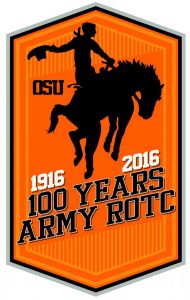 The Reserve Officer Training Corps was created nationally in 1916 and Oklahoma A&M College (now Oklahoma State University) wasted little time establishing an Army ROTC program in the same year on the Stillwater, Ok., campus.
The Reserve Officer Training Corps was created nationally in 1916 and Oklahoma A&M College (now Oklahoma State University) wasted little time establishing an Army ROTC program in the same year on the Stillwater, Ok., campus.
Before ROTC, many colleges organized under the 1862 land grant federal legislation, including Oklahoma A&M, had some military instruction, but the National Defense Act of 1916 that created ROTC nationally was more widespread. It also expanded the Army and National Guard, and created an Officers’ and Enlisted Reserve Corps, as well as ROTC.
In the past 100 years of ROTC, OSU has produced many notable officers including many who are in the Oklahoma Military Hall of Fame, which was founded in 1999. ROTC graduates include OSU President Burns Hargis, who was in Air Force and Army ROTC while a student at OSU.
Hargis was in ROTC from 1963-67. He was commissioned in 1970 and served as an Army Finance Officer in the 95th Division (Training) and reached the rank of Captain. His service ended in 1976.
“I appreciate my time in ROTC. My service helped to shape me and prepare me for a rewarding career that has crossed many fields, Hargis said. “ROTC instills the attributes of duty, loyalty, teamwork, honor and service.
“Those are the values one learns through ROTC and have served me throughout my life.”
This year the Oklahoma Military Hall of Fame, founded in 1999 by Stillwater’s Maj. Gen. Douglas O. Dollar, will honor Oklahoma ROTC programs and alumni at its Hall of Fame banquet Oct. 21 at the Embassy Suites in Norman. Because this is the ROTC Centennial, Dollar, an ROTC graduate from OSU, wants to honor as many Oklahoma ROTC alumni as possible. Dollar has set up a website for the event, http:www.okrotc2016.org.
Also this year Hargis and Dollar were selected for induction into the Army’s ROTC National Hall of Fame at Fort Knox, KY.
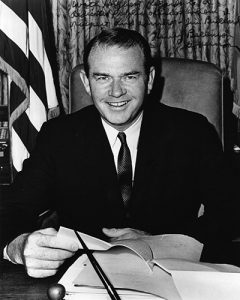
Another notable Oklahoman—former Gov. Henry Bellmon—attended OSU when students had to attend the mandatory two-year ROTC program. Upon graduation in 1942, Bellmon, who would be Oklahoma’s governor twice and a U.S. Senator, volunteered for the Marine Corps. He served in the Pacific during the war and was awarded the Silver Star for Valor during the battle for Iwo Jima, probably the bloodiest battle in Marine Corps history.
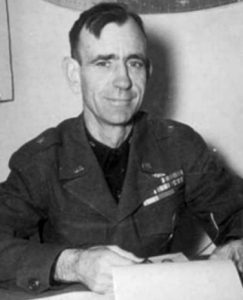
A Medal of Honor recipient, Price Hays attended then Oklahoma A&M from 1914 to 1917 and participated in the Student Army Training Corps. After graduation Hays joined the Army and was commissioned a second lieutenant. While serving as an artillery officer in France in World War I, he earned the Medal of Honor. On July 14, 1918, Germany artillery fire destroyed American communication lines. Hays rode on horseback between his unit, the command post and two French artillery batteries the rest of that day and the next. Seven horses were shot out from under him in the battle and he was severely wounded. His efforts stopped the German advance, his Medal of Honor citation said.
He served again in World War II in Europe, and organized and was the first commanding general of the Army’s famed 10th Mountain Division, and retired later as a Lieutenant General.
Bellmon and Hays, along with 15 other OSU ROTC alumni, are in the Oklahoma Military Hall of Fame.
Another OSU graduate who played baseball for the Cowboys is Lieutenant General Jerry Max Bunyard, a native of Altus. He was commander of the Army’s 1st Aerial Rocket Battalion in Vietnam. Commissioned in 1968 as a second lieutenant in field artillery at OSU, Randal Rigby eventually became the Army’s chief of artillery and ultimately retired as a lieutenant general. It is estimated that more than 90 OSU graduates have attained the rank of general officer.
Col. William A. Ahrberg, a member of the Oklahoma Military Hall of Fame, not only attended ROTC but came back from the Korean War and taught ROTC at OSU.

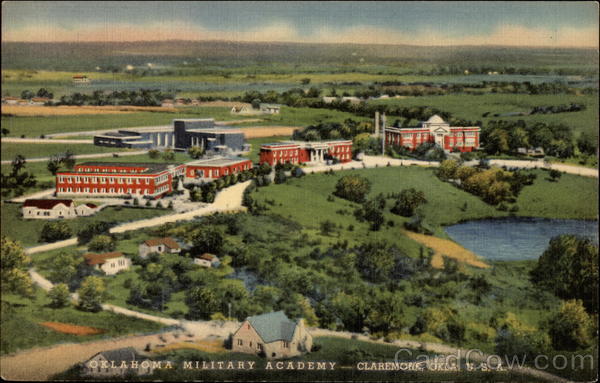
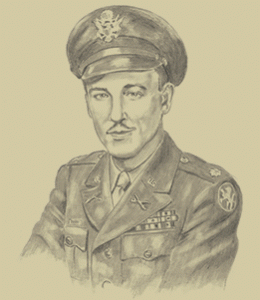 Lt. Col. Edwin Price Ramsey
Lt. Col. Edwin Price Ramsey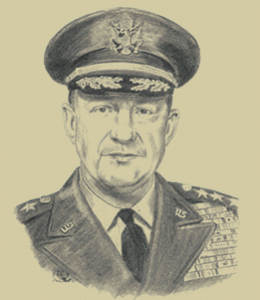 While at OMA, Potts was named a Distinguished Honor Graduate of OMA and the outstanding ROTC graduate by the U.S. Reserve Officer’s Association.
While at OMA, Potts was named a Distinguished Honor Graduate of OMA and the outstanding ROTC graduate by the U.S. Reserve Officer’s Association.